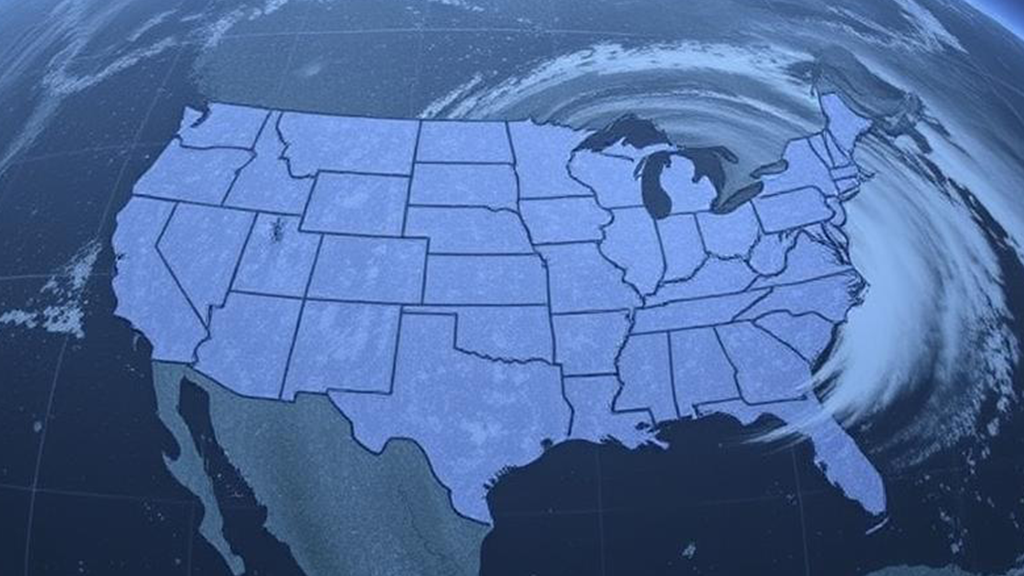

According to internal documents and statements by senior officials, the Federal Emergency Management Agency (FEMA) is not adequately prepared for the upcoming hurricane season. An internal review warns of critical operational gaps following significant restructuring and resource cuts under new leadership.
Internal Memo: FEMA Capacity at Risk
A classified report obtained by CNN highlights confusion over FEMA’s mission strategy, stating that “the intent for this hurricane season is not well understood.” Officials describe the agency as “sputtering” and “disorganized,” with decentralized authority and reduced field deployment capabilities. The review suggests communities may face longer delays in federal response times or, worse, complete absence of assistance in some disaster zones.
Acting FEMA Administrator David Richardson, a former Marine Corps officer appointed under the Trump administration, has ordered what he calls a “Mission Analysis.” Richardson told employees in his first staff meeting: “I and I alone speak for FEMA,” warning against resistance to his reforms. He has also signaled a shift of disaster response responsibility to states while reducing FEMA’s direct operational footprint.
Training and Personnel Cuts
FEMA has slashed several training programs for local and state emergency personnel. Officials say these cuts will leave storm-prone regions—including Florida, Louisiana, and parts of the Gulf Coast—less capable of coordinating pre-landfall evacuation and post-storm recovery. Multiple current and former staff have voiced concerns about the rollback of joint simulation exercises that traditionally prepare first responders.
Wider Implications
The warning comes amid forecasts for an above-average hurricane season, with three major storms forming in the Atlantic. Analysts point to the rising frequency of Category 4 and 5 storms as further justification for robust federal readiness. Local emergency managers, particularly in high-risk coastal regions, call for FEMA to restore centralized leadership and pre-position critical resources.
Unless FEMA addresses its readiness shortfalls quickly, the operational burden could fall disproportionately on underfunded local jurisdictions—raising the likelihood of chaotic responses, prolonged recovery timelines, and preventable loss of life.








© THE CEO PUBLICATION 2021 | All rights reserved. Terms and condition | Privacy and Policy